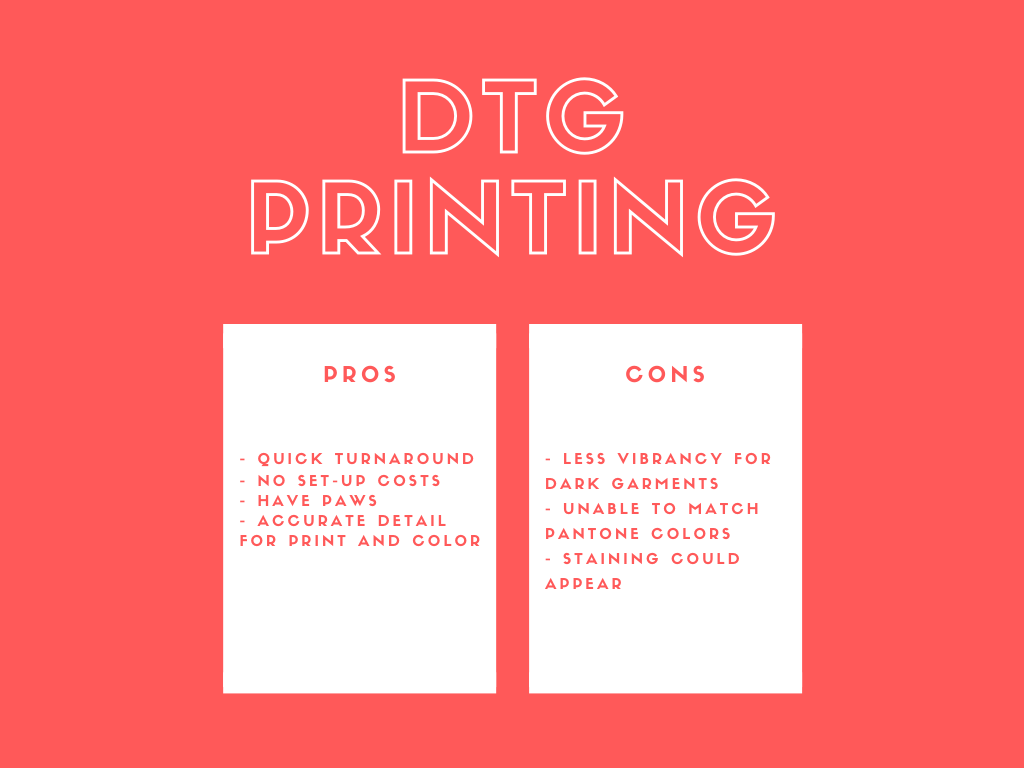Large Format Substrates Every Business Should
Know To Help Market Their Company
Coroplast
Coroplast is corrugated plastic. A good way to describe it to clients is to let them visualize a piece of cardboard made entirely out of plastic. The coroplast is available in different thicknesses. The most common ones are 4mm, 6mm, and 8mm.Coroplast is generally used for signage such as yard signs, A-frame signs, and real estate hanging signs. It is suitable for both indoor and outdoor use because it’s sturdy, lightweight, and waterproof. The surface is also easy to clean.
Vinyl
Vinyl is a tough, flexible material made from polyvinyl chloride (PVC) resin and mesh. There are many different types of vinyl that you can use to print anything from banners to wall decals. The weight, texture, denier (thickness of the threads), and weave density is different depending on the type of vinyl.Some of the most common types of vinyl for banner printing are:
13oz Vinyl
This type of vinyl is often used for standard indoor or outdoor vinyl banners. It can have a matte or glossy finish. The matte finish is particularly good for reducing glare.
Adhesive Vinyl
The adhesive can be permanent or removable. Always test its adhesive/removable properties first before applying it to a large area.
Perforated Vinyl
This type of vinyl has tiny holes in it that allow light to pass through. It’s perfect for window graphics because it allows passersby to see your message without considerably impacting the lighting of your store.
Mesh Scrim Vinyl
This type of vinyl allows for air to pass through, which makes this material ideal for windier outdoor areas. It’s usually printed with a backer that is peeled off before use.
Foam Board
Foam boards are amazingly lightweight for their bulky size. They work great indoors as trade show signage or displays, but we don’t recommend them for outdoor use as they can also be damaged easily. A common foam board stock that large format printers print on is 4mm foam core (approximately 0.16”).Styrene
Styrene is a light but durable plastic material. Some of the most common styrene materials are thin enough to be flexible (such as the popular 20pt styrene), so they can be rolled for storage or transportation, but don’t fold them or they’ll crack. They are waterproof and have strong scratch-resistance.Sintra
Sintra is made from PVC and is waterproof just like styrene, but the surface of Sintra boards are a little easier to scratch. It is, however, still a popular choice for smaller outdoor signage. You can also cut and scored Sintra easily.3mm is one of the most common thicknesses of printed Sintra. At this thickness, it cannot be rolled but its lightness still makes it easy to transport.
Magnet
Large format printing produces car magnets that turn an unbranded vehicle into a moving advertisement. Magnets are measured in mils (1 mil = 0.001”), with 30 mils as one of the most common thicknesses.Make sure a magnet stays safely on a vehicle by adding rounded corners. This helps it cling to the car better. You should never use car magnets with bent corners as this increases their chances of falling off.
Canvas
Canvas is a strong, coarse cloth often associated with art? Storage and transportation for canvas are easy because you can roll it or fold it lightly. It comes in different weights, thicknesses, and textures depending on the materials in the weave.Some clients may want to wrap their canvas around a frame. In this case, you should leave approximately 1 inch for the wrap.
For More Information On Any Of These Substrates Please Call 516-561-1468 or Visit The Print Cafe of LI Website:www.printcafeli.com
















